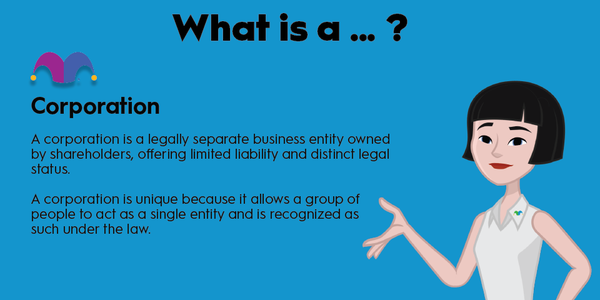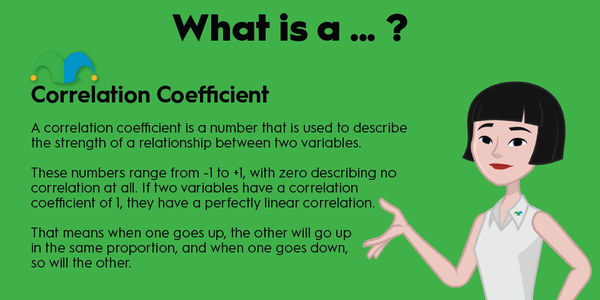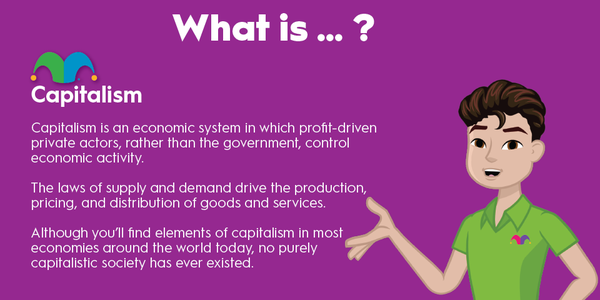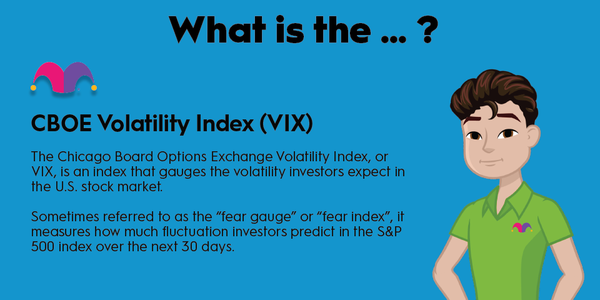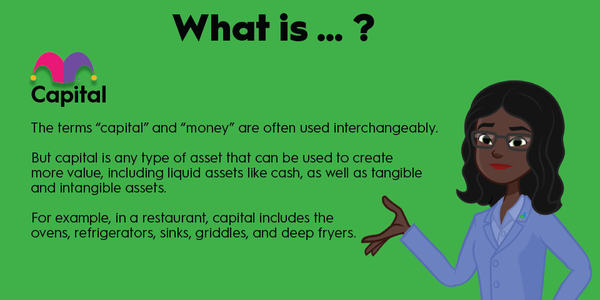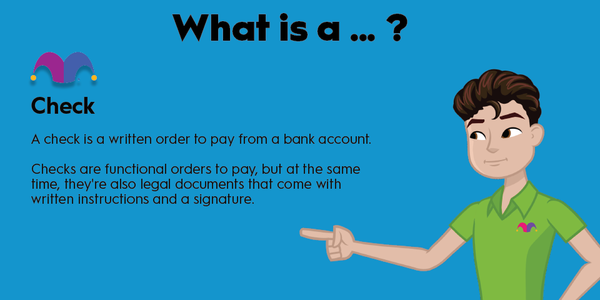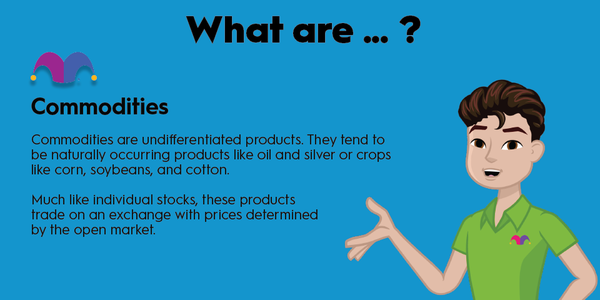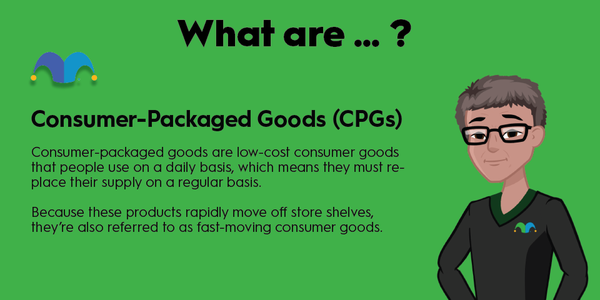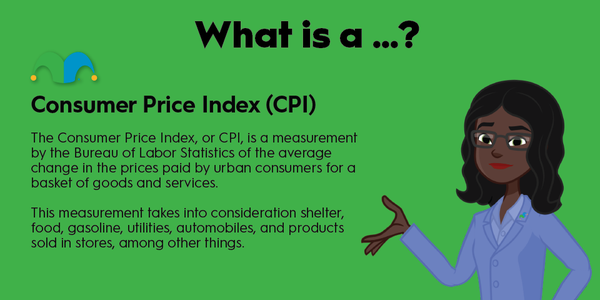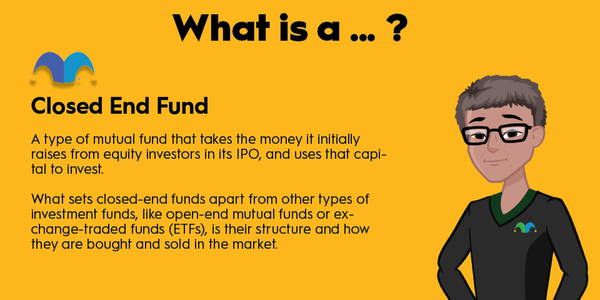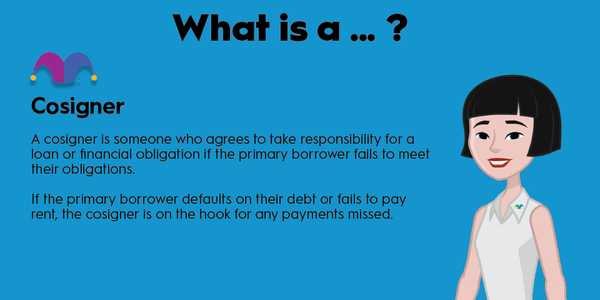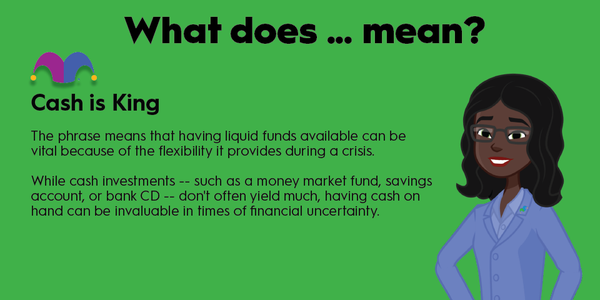When you’re reading up on stocks or listening to interviews with professional traders, you may come across specific terms that describe different chart appearances. A cup and handle pattern is commonly used to help predict a bullish breakout for a security.
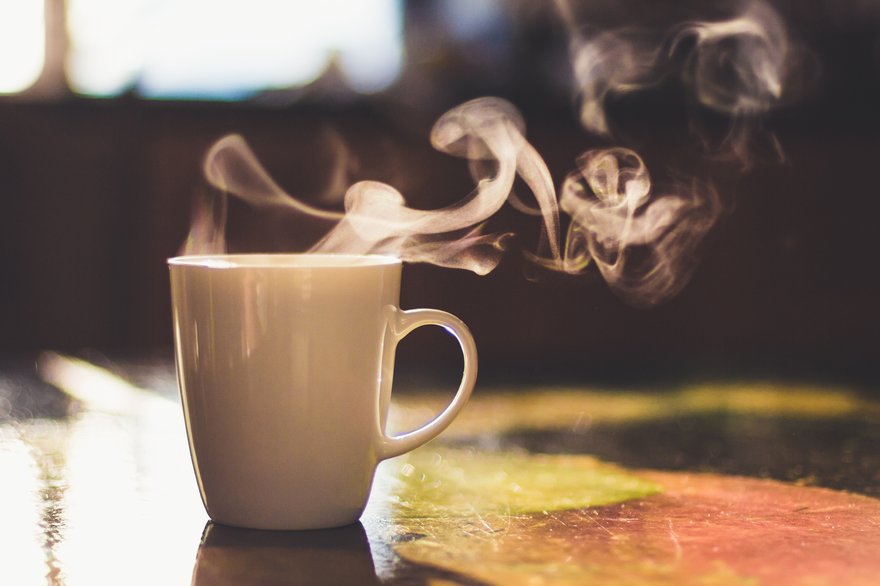
What is a cup and handle pattern?
What is a cup and handle pattern?
A cup and handle pattern, also known as a “cup with handle” pattern, forms when market data is compiled and viewed over time. It looks very much like a cup with a handle. It’s created when a stock or security price falls, then rises again to form a U-shaped cup, then falls once more (but not as far) to form the handle before rebounding. It’s generally considered a bullish pattern and predicts a continuation of the advance that was taking place before the decline that formed the cup.
Cup and handle patterns can be short or prolonged, lasting anywhere from a week to more than a year. During this time, the stock’s trading volume may decrease dramatically as investors re-evaluate their positions in the stock. As volume increases, the price point rises again. These can be great opportunities for investors to buy stocks at good prices if the pattern is identified in a timely manner.
What does a cup and handle pattern look like?
What does a cup and handle pattern look like?
Cup and handle patterns are frequently misidentified as simple dips in the value of a security, but they’re actually a very specific pattern. If you review value patterns, you’ll see the drop in price happen pretty quickly, with a rounded bottom, then a relatively quick upward trend that gives the pattern a distinctive rounded-bottom cup shape.
Once the cup has emerged, the handle forms as the security once again falls in value by as much as a third, but not typically more. Once the handle has formed, the price should rebound dramatically, increasing beyond the price of the left side of the cup formation. If there’s no drop past the lip of the cup or no noticeable rebound, you don’t have a cup and handle formation.
Buy-and-Hold Strategy
How to use the cup and handle pattern in stock buying
How to use the cup and handle pattern in stock buying
Cup and handle patterns are generally used by investors who want to take long positions in stocks for the long term. They can predict a bullish trend with the stock’s price, but only if caught early enough. When you notice a cup and handle pattern emerging, it’s important to take a breath and make sure that’s really what you’re seeing. If the stock keeps dropping beyond the one-third mark, it’s not necessarily a buy sign.
Most serious technical investors set their buy points at the place where the stock’s value once again crosses the right side of the cup. But not every cup is fit for investing, even if you find one. Watch for cups that are longer and have a more u-shaped bottom (sharp V-shaped drops are not ideal). You also want to choose cups and handles that aren’t overly deep.
Where did the cup and handle originate?
Where did the cup and handle originate?
William J. O’Neil was the first person to formally define the cup and handle pattern in his 1988 book, “How to Make Money in Stocks.” He refined his definition over time through a series of articles in Investor’s Business Daily, the publication he founded in 1984.
Since then, investors have tested the model and generally found it to be reliable. Like anything in the stock market, you have to take the rest of the environment into account and not simply buy because you see a cup and handle. There can be many other reasons not to purchase a stock, including poor company leadership, an overleveraged company, or a simple lack of belief in the company’s mission.


